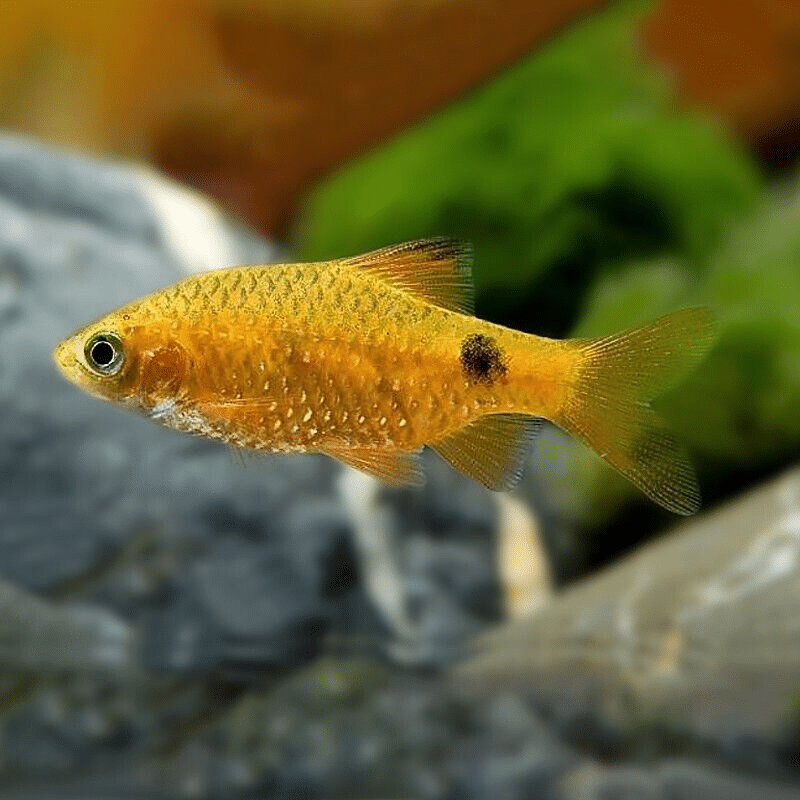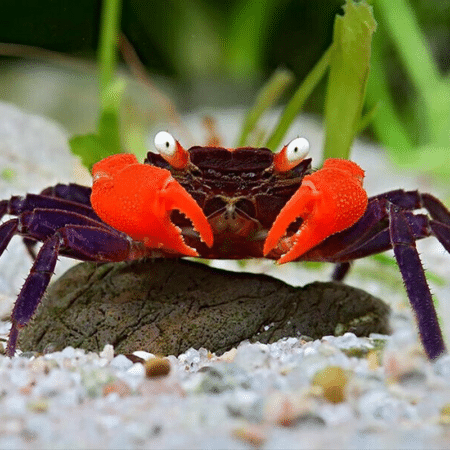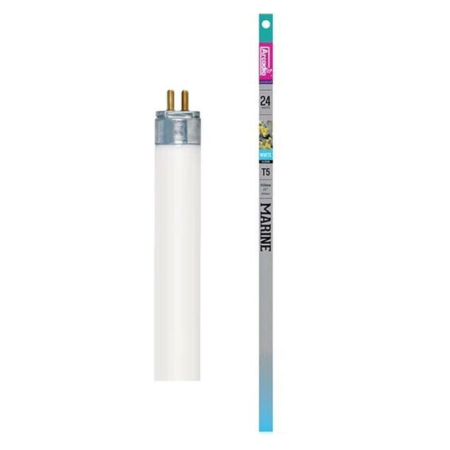10 X Gold Rosy Barbs – Pethia Conchonius – Cyprinid Fish
£25.92
Short Description: Add vibrance and beauty to your aquarium with 10 X Gold Rosy Barbs. These stunning Cyprinid fish, also known as Pethia Conchonius, are popular among fish enthusiasts for their golden coloration and active nature. With a 24-hour courier service for secure transit and a DOA policy, you can enjoy these lively fish worry-free. Combine multiple items for convenient shipping.
1001 in stock
Attributes: 10 X Gold Rosy Barbs – Pethia Conchonius – Cyprinid Fish
Short Description: A vibrant and lively addition to any aquarium, the Gold Rosy Barbs are a popular choice among fish enthusiasts. With their stunning golden coloration and active nature, these fish bring life and beauty to your aquatic environment.
Product Categories: Fish, barb
Secure Transit: Our 24-hour courier service ensures your fish arrive safely with poly boxes and heat packs during colder months.
Shipping Convenience: Combine multiple items in one order to streamline shipping.
Dead on Arrival (DOA) Policy: Should any fish arrive deceased, promptly inform us with photographic evidence, and we will refund you or send you a replacement.
Product Description:
Scientific and Common Names: The Gold Rosy Barbs, scientifically known as Pethia Conchonius, are a species of Cyprinid fish. They are also commonly referred to as Rosy Barbs or Red Barb.
Habitat: Gold Rosy Barbs are native to the freshwater rivers and streams of South Asia, particularly India, Bangladesh, and Nepal. They are commonly found in slow-moving waters with dense vegetation.
Tank Setup: To provide a suitable habitat for Gold Rosy Barbs, a well-maintained aquarium with a minimum capacity of 20 gallons is recommended. The tank should be equipped with a filtration system to maintain water quality and a heater to maintain a temperature range of 72-79°F (22-26°C). Additionally, the tank should have ample hiding spots and plants to mimic their natural habitat.
Diet and Nutrition: Gold Rosy Barbs are omnivorous and will readily accept a variety of foods. Their diet should consist of high-quality flakes or pellets as a staple, supplemented with live or frozen foods such as brine shrimp, bloodworms, and daphnia. It is important to provide a balanced diet to ensure their optimal health and vibrant coloration.
Size and Growth Rate: Gold Rosy Barbs typically reach a size of 2-3 inches (5-7.5 cm) in length. They have a moderate growth rate and can reach their full size within a year under proper care.
Behavioral Traits: These fish are known for their active and social nature. They are peaceful and can be kept in community tanks with other peaceful fish species. Gold Rosy Barbs are known to exhibit schooling behavior, so it is recommended to keep them in groups of at least 6 individuals to promote their well-being.
Care Level: Gold Rosy Barbs are relatively easy to care for, making them suitable for both beginner and experienced fish keepers. They are hardy and adaptable to a wide range of water conditions.
Breeding and Reproduction: Gold Rosy Barbs are egg-layers and can be bred in captivity. To encourage breeding, a separate breeding tank with fine-leaved plants and a spawning mop can be set up. The female will scatter her eggs among the plants, and the male will fertilize them. After spawning, the adults should be removed to prevent them from eating the eggs. The eggs will hatch in about 24-48 hours, and the fry can be fed with infusoria or commercially available fry food.
Health and Disease Prevention: Gold Rosy Barbs are generally hardy fish, but they can be susceptible to common fish diseases such as ich and fin rot. Maintaining good water quality, providing a balanced diet, and regular observation can help prevent diseases. Quarantining new fish before introducing them to the main tank is also recommended to prevent the spread of potential diseases.
Optimal Water Conditions: Gold Rosy Barbs prefer slightly acidic to neutral water with a pH range of 6.5-7.5. The water temperature should be maintained between 72-79°F (22-26°C). Regular water changes and monitoring of ammonia, nitrite, and nitrate levels are essential for their well-being.
Lifespan: With proper care, Gold Rosy Barbs can live for 4-6 years, although some individuals have been known to live longer.
Additional Interesting Facts: Gold Rosy Barbs are known for their vibrant golden coloration, which intensifies during breeding. They are active swimmers and enjoy exploring their surroundings. These fish are also known to jump, so it is important to have a secure lid on the aquarium to prevent any accidents.














Reviews
There are no reviews yet.